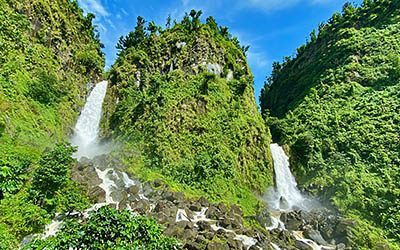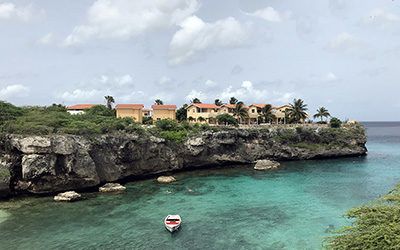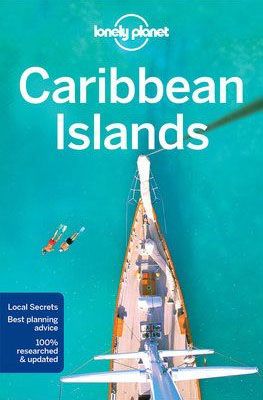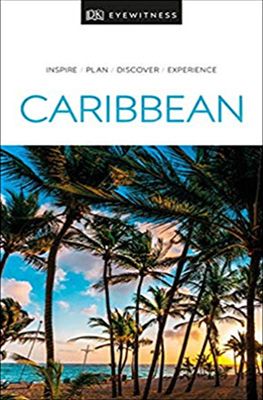Caribbean
The Caribbean in a nutshell
The islands in the Caribbean have been a holiday destination for many decades. Not only for newly married couples and pensioners, but increasingly also for backpackers and eco-tourists. Except perhaps for the hurricane season (late summer and early autumn), the weather is warm and sunny almost all year round.
The Caribbean was first inhabited by the Arawak Indians, followed by the more aggressive Caribbean. In 1492, the region was “discovered” by Christopher Columbus, who thought he had found the India via another, faster route. For this reason, the Caribbean is also known as the West Indies. With the arrival of Columbus came the Spanish, Portuguese, Dutch, French, Danish and British. The original population then declined rapidly and sharply in numbers.
The Caribbean consists of so many islands that we only describe them briefly below.
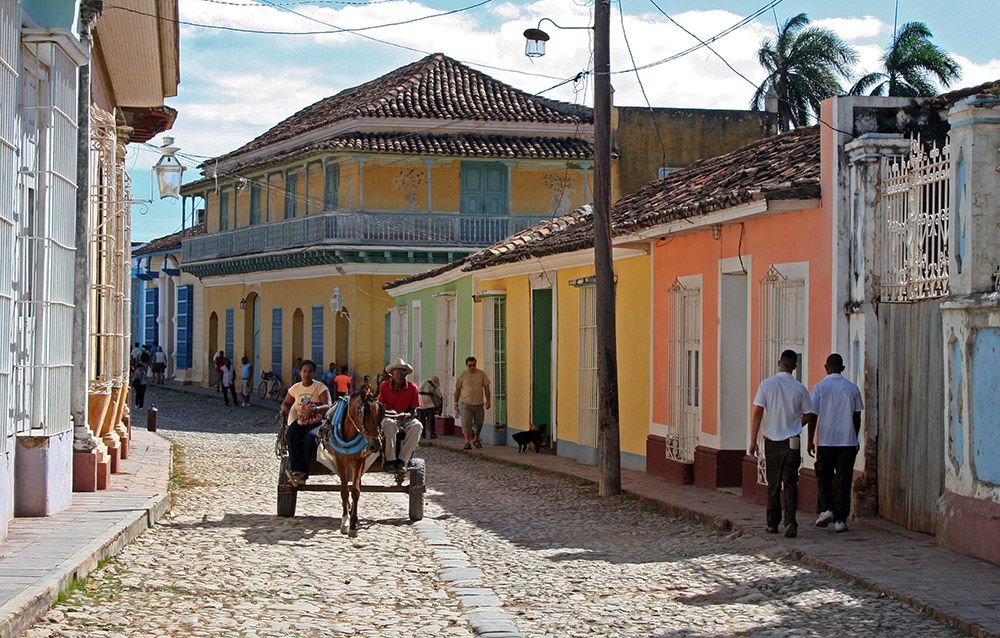
The Lucayan Archipelago
The Lucayan Archipelago is a group of islands just southeast of Florida that does not belong to the Antilles. The archipelago consists of more than 700 beautiful, tropical islands of the Bahamas and the 40 nearby Turks and Caicos Islands. This is where you have to be to relax or do water sports in an ever warm, turquoise sea.
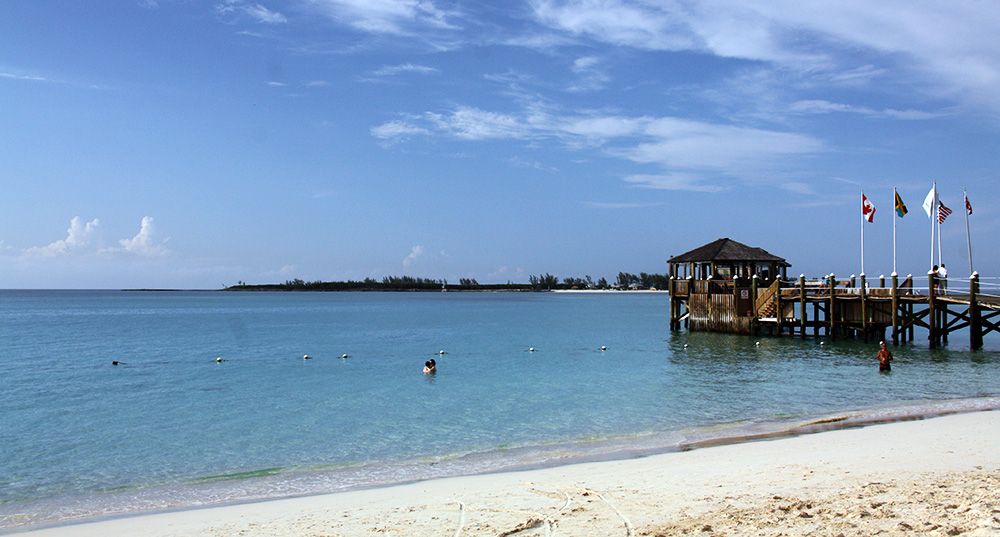
The Greater Antilles
One of the Greater Antilles is Cuba, including the large island of Isla de la Juventud, which is increasingly accessible to tourists. The island offers beautiful nature and a very rich culture and history.
Another large island is Hispaniola, which consists of Haiti and the Dominican Republic. Haiti is located in the western part. Due to the political and economic situation there are few tourists. The Dominican Republic, on the other hand, is a popular destination for a luxury beach holiday under the palm trees.
There is also Jamaica, the island of reggae and rum. You will find luxury resorts, a mountainous and green interior and beautiful waterfall there. Then there is also Puerto Rico which is part of the Greater Antilles. The large island is known by many tourists as a departure point for a cruise in the Caribbean but it also has history, culture and a wooded, hilly interior to offer.
Finally, the Cayman Islands, despite their limited size, are part of the Greater Antilles. The small islands with their white sandy beaches, turquoise sea water and colourful underwater world are known as tax havens and beach destinations. You can dive and snorkel to your heart’s content and shop tax-free!
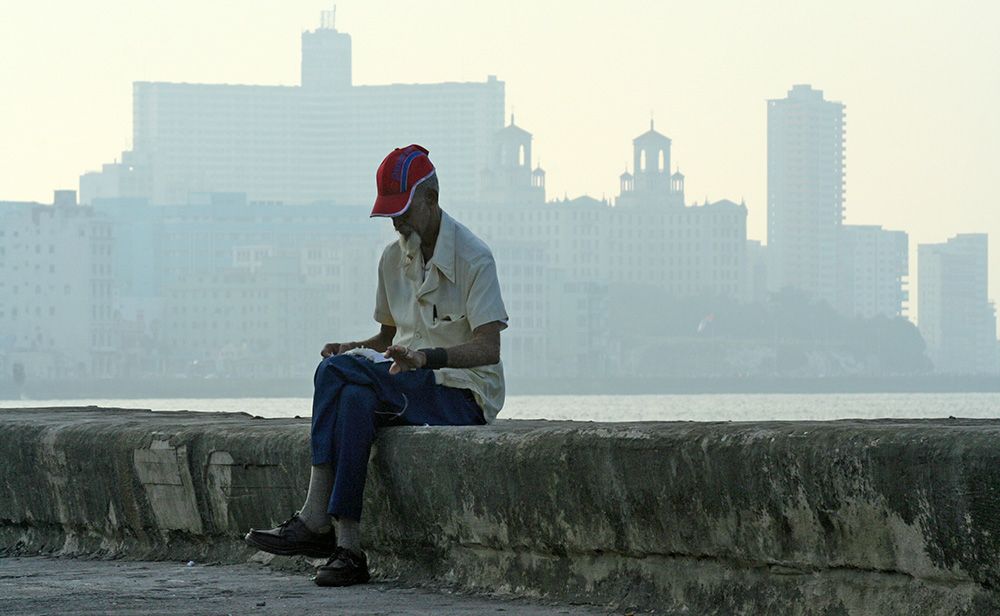
The Lesser Antilles
The Lesser Antilles group can be divided into the Leeward Islands in the north, the Windward Islands in the south and the Leeward Antilles in the southwest. The term ‘windward’ or ‘leeward’ refers to its location in relation to the north eastern trade winds.
Leeward Islands
The Leeward Islands are located between Puerto Rico in the north and Venezuela in the south. Many of the islands are visited weekly by the larger cruise companies from Florida or Puerto Rico. One of the first destinations to be visited are the British and the American Virgin Islands. These are typical, lush green Leeward Islands with white sandy beaches and beautiful sea water. You can also go hiking there!
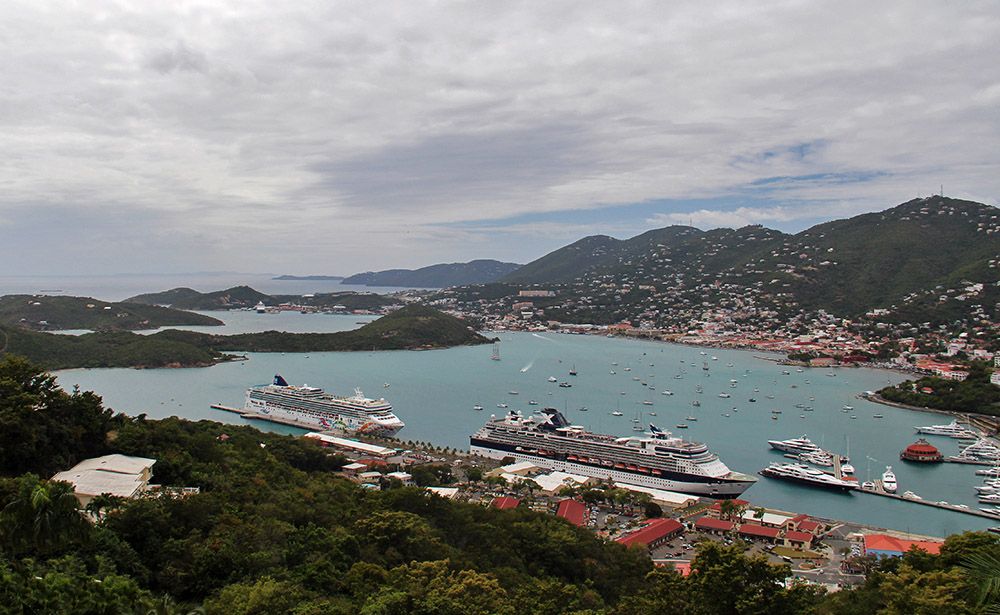
Further south is Anguilla, a fairly dry and flat island. Apart from the pearly white sandy beaches, there is little to do in our experience.
The following islands are the three S islands of Saba, St. Eustatius and St. Maarten, which are part of the Kingdom of the Netherlands. You can go diving and do fantastic walks there. St. Eustatius is slightly larger than Saba. Here, too, you can enjoy nice walks, both in nature and in the cosy, historic Oranjestad. St. Maarten is the largest of the three islands and, together with the French part in the north, has a lot to offer, including beautiful beaches and fun nightlife.
The S islands are followed by the jet-set island of Saint-Barthelemy, Antigua and Barbuda. The latter islands are known for regatta, the summer carnival, pearly white beaches and also the beautiful nature inland. A little further south, St. Kitts and Nevis are known for their many shipwrecks. You will find a mountainous interior with rainforests. Besides diving you can also play golf.
The next island is the green and mountainous Montserrat which is known for the city of Plymouth. The volcanic eruption in 1995 turned this city into an interesting ghost town. Near Montserrat are the idyllic, tropical islands of Guadeloupe. You’ll find a mountainous, very green interior with the highest mountain La Soufriere, which is no less than 1467 metres high! The beautiful sandy beaches and turquoise waters make it an ideal holiday destination for water sports enthusiasts in the Caribbean.
Even before you arrive at Martinique in the Leeward Islands, you still have Dominica. Here you can go on fantastic walks in one of the many nature parks. It is very green and mountainous. Dominica is not the typical beach destination in the Caribbean. However, the island is popular for nature lovers, hikers and divers.
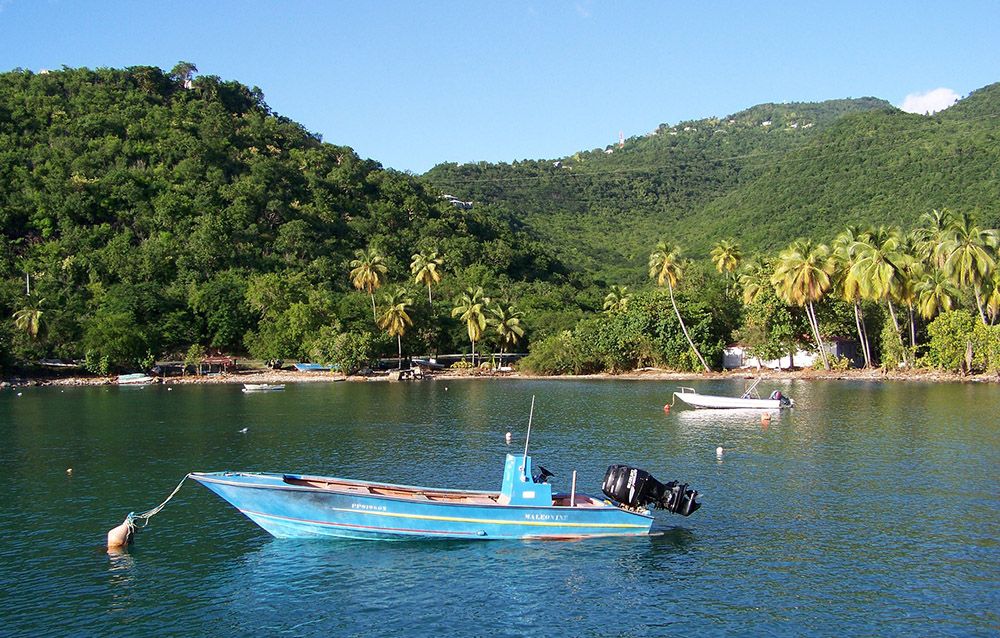
Windward Islands
The northernmost island of the Windward Islands is the hilly, jungle-covered Martinique. This French island has an inland high volcano of almost 1400 meters! You can sail and dive to your heart’s content.
After Martinique, the in-our-eyes totally different islands of St. Lucia, St. Vincent, the Grenadines and Barbados follow. St. Lucia is the particularly mountainous, green island known for its annual carnival. The clearly busier Barbados offers a charming, historic town and fantastic sea where you can do many water sports. St. Vincent and the Grenadines consist of 32 mountainous, mostly uninhabited islands. Besides beautiful, lush nature, you can dive and sail to your heart’s content.
A little further south is Grenada, the island of herbs, rum and coffee. Nice to visit some time but in our opinion not as interesting as the most southern windward islands, Trinidad and Tobago. Trinidad is a large island with beautiful nature and miles of white sandy beaches. You will find rich flora and fauna. It is internationally renowned for its annual carnival. The smaller Tobago is a typical, idyllic Caribbean island with white sandy beaches and coconut palms.
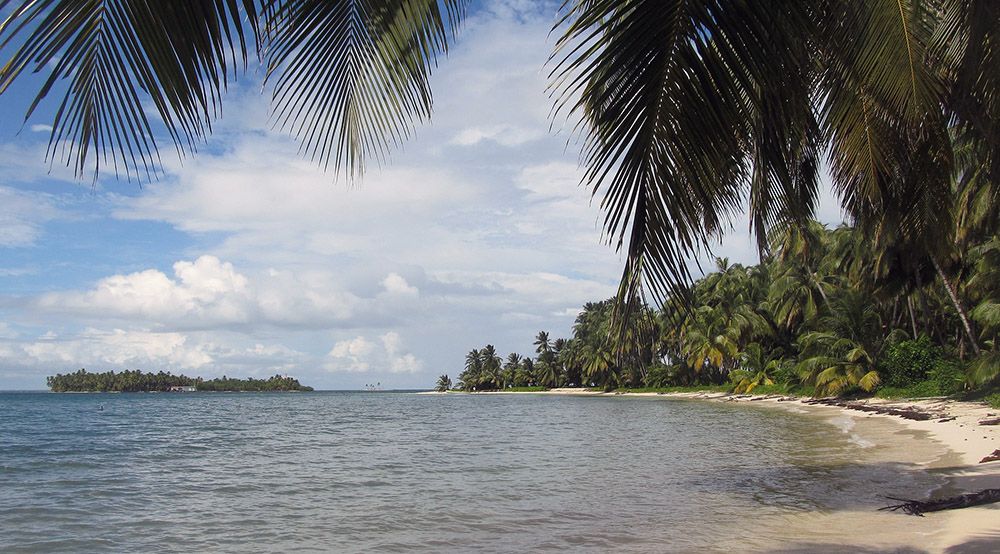
Leeward Antilles
These include the Venezuelan Antilles, Islas los Monjes, and the ABC islands of Aruba, Bonaire and Curaçao.
Of the Venezuelan Antilles, most people only know Isla Margarita. This island is internationally known as a very sunny beach and windsurfing destination. For divers there are also the Islas Los Roques, 350 small islands with 225,000 hectares that form the largest marine park in the Caribbean. Only one of these islands is inhabited.
The rocky islands of Islas los Monjes are located near Aruba but are inaccessible to tourists. Venezuela has a naval base here.
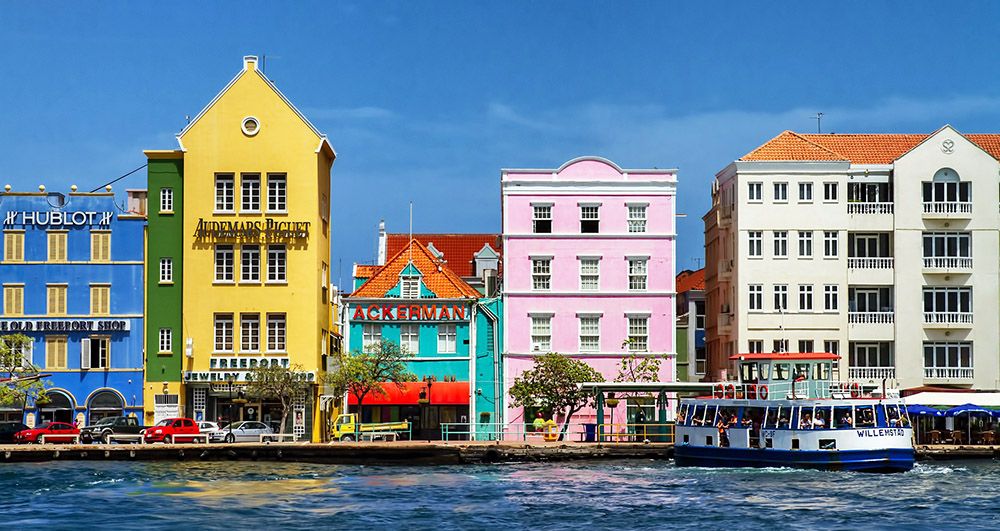
The ABC islands of Aruba, Bonaire and Curaçao, which are part of the Kingdom of the Netherlands, are totally different from each other in our experience.
Aruba is the smallest of the three islands. It is particularly known as a sunny beach and golf destination. You will find many large hotels, clubs, beach bars, restaurants and shops.
Bonaire is particularly popular among divers and wind and kite surfers. You have fewer tourists there than for example on Aruba. There is a wonderfully relaxed atmosphere. The island also offers a rugged hinterland with many hiking trails, and many beautiful pink flamingos.
Curaçao is the largest island of the former Netherlands Antilles and also has the most inhabitants. Besides colourful facades in Willemstad at the ferry bridge and many shops and nice restaurants, you have luxury resorts, some golf courses and fantastic beautiful bays with crystal clear, warm water and white sandy beaches in Curaçao.
Dominica, the nature island of the Caribbean
The tropical gem Dominica is known as "the nature island of the Caribbean". The island owes this laudatory title to its spectacular, lush and varied flora. In the heavily forested interior, you will find many waterfalls, rivers, lakes...
Dutch Caribbean
The islands of the Caribbean Netherlands are known as a wonderful holiday destination where it is almost always sunny and warm. You will find beautiful sandy beaches with warm, turquoise blue water where you can enjoy water sports such as swimming, snorkelling,...
Best time to visit the Caribbean
Most islands in the Caribbean have a tropical climate. On the Greater Antilles, including Cuba and Hispaniola, it can get pretty cold in the mountains during the European winter.
In general, the best travel time to the Leeward Islands is from December to April. From June to October, there can be hurricanes with a lot of rain. On the Windward Islands the weather is almost always good, although in October to December you have a little more rain than in the other months.
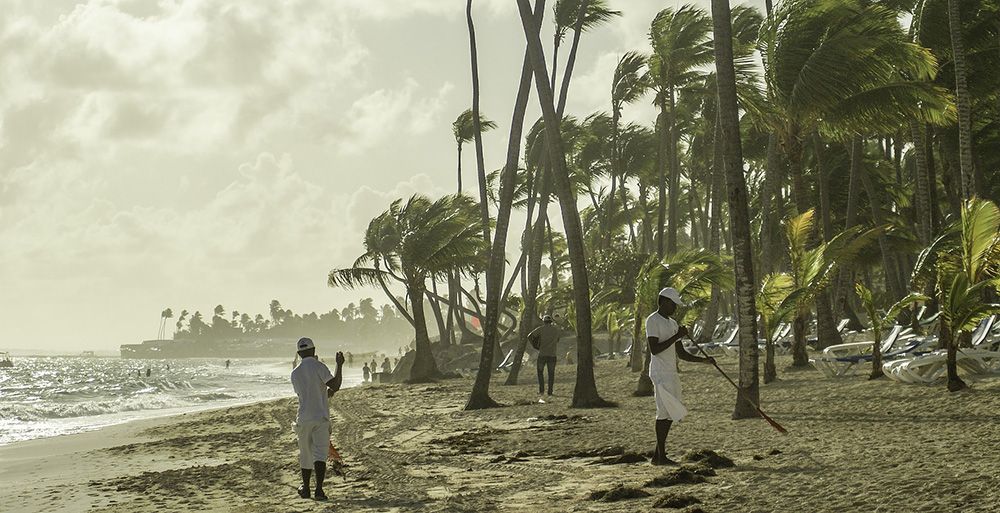
Travelling around in the Caribbean
The plane and the boat are the main means of transport for getting around the Caribbean. The plane is often the cheapest. Please note that the airports on some islands, such as Saba and St. Barthelemy, have such short runways that you can only get here with a small, single- or twin-engine propeller plane. You usually can’t bring much luggage with you.
An ideal way to travel within the region is by cruising. For a relatively low price, you can have a floating, luxurious hotel that transports you to the other islands, especially in the evening and at night. During the day, you can leave the hotel to explore the island.
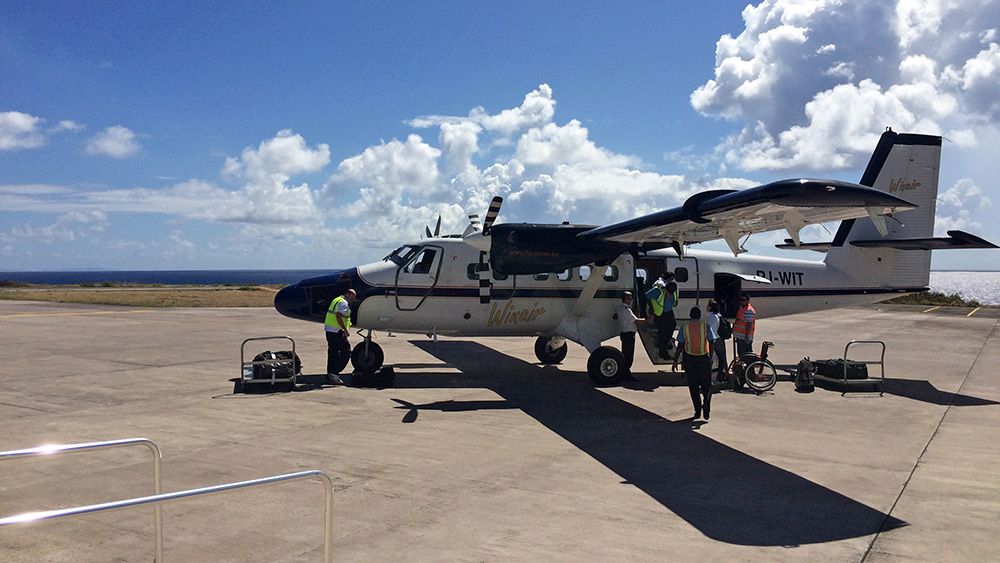
Health
Vaccinations for DTP and Hepatitis A are recommended for most Leeward Islands in the Caribbean. However, good protection from mosquito bites is recommended on all islands. Some islands, such as Haiti, require more vaccinations, or even protection from malaria. Use the information from your local NHS branch to check what you need.
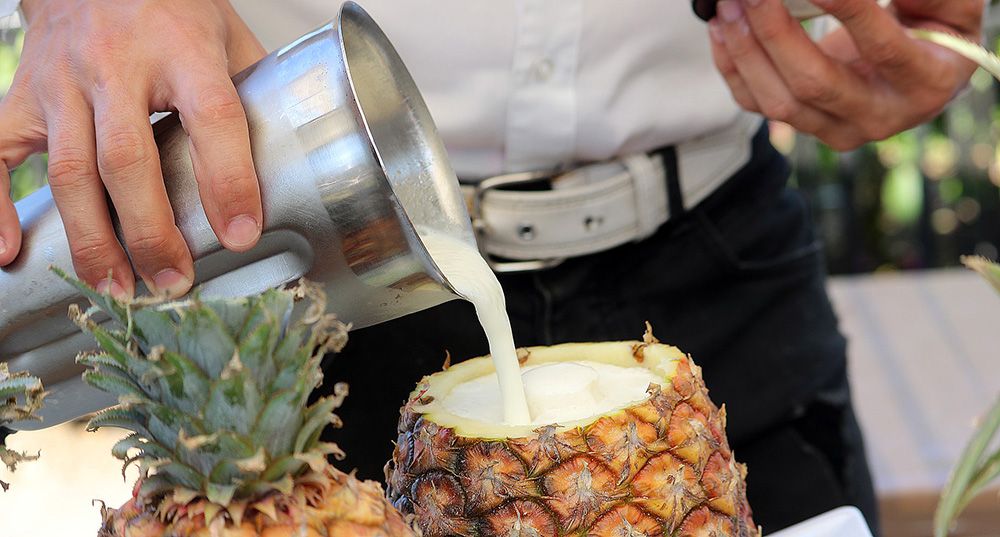
Personal travel advice
The islands of the Caribbean are ideal for a short sun holiday for a week or two weeks. Bear in mind that most of the islands are so small that you can’t do much more than enjoy the sun and sea. On some islands you can also do some lovely few-hour walks. And on some large islands like Cuba there is so much to do that you can easily spend more than two weeks there.
If you have a bit more time and the nine- or ten-hour flight to Cuba is too much to be on an island for just a week, consider ‘island hopping’! This can be done by plane or by taking a cruise. If you want to know which islands you can visit in just one day and which islands you need at least two or three days or even longer, then you can request some personal travel advice.

